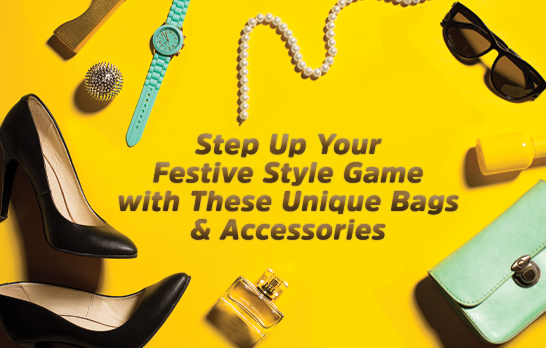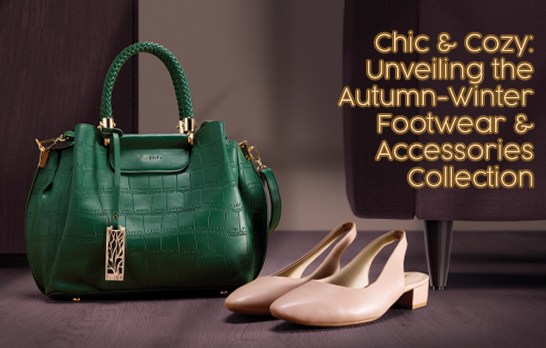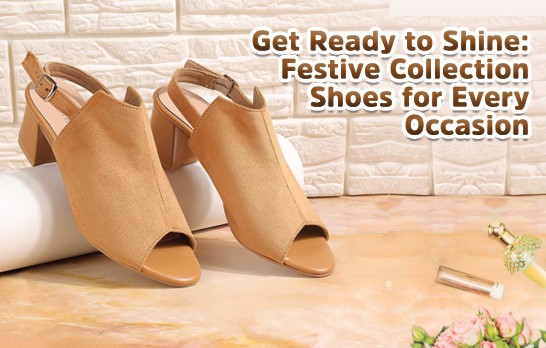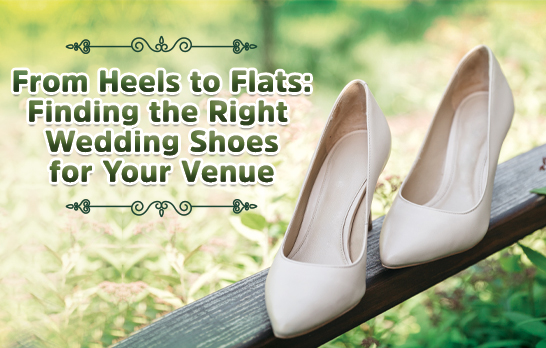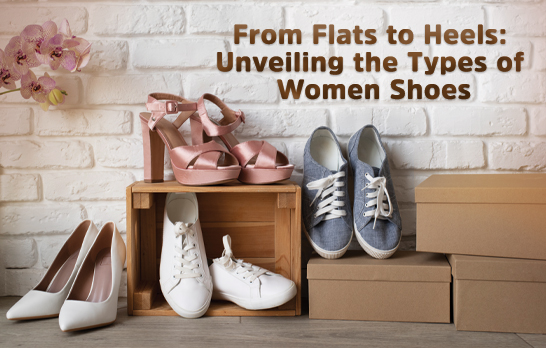WELCOME TO METRO SHOES Enjoy an extra 5% off on prepaid orders. Store Locator
Enjoy an extra 5% off on prepaid orders.
How to Prevent Shoe Bites: Top Tips for Pain-Free Steps
August 12, 2025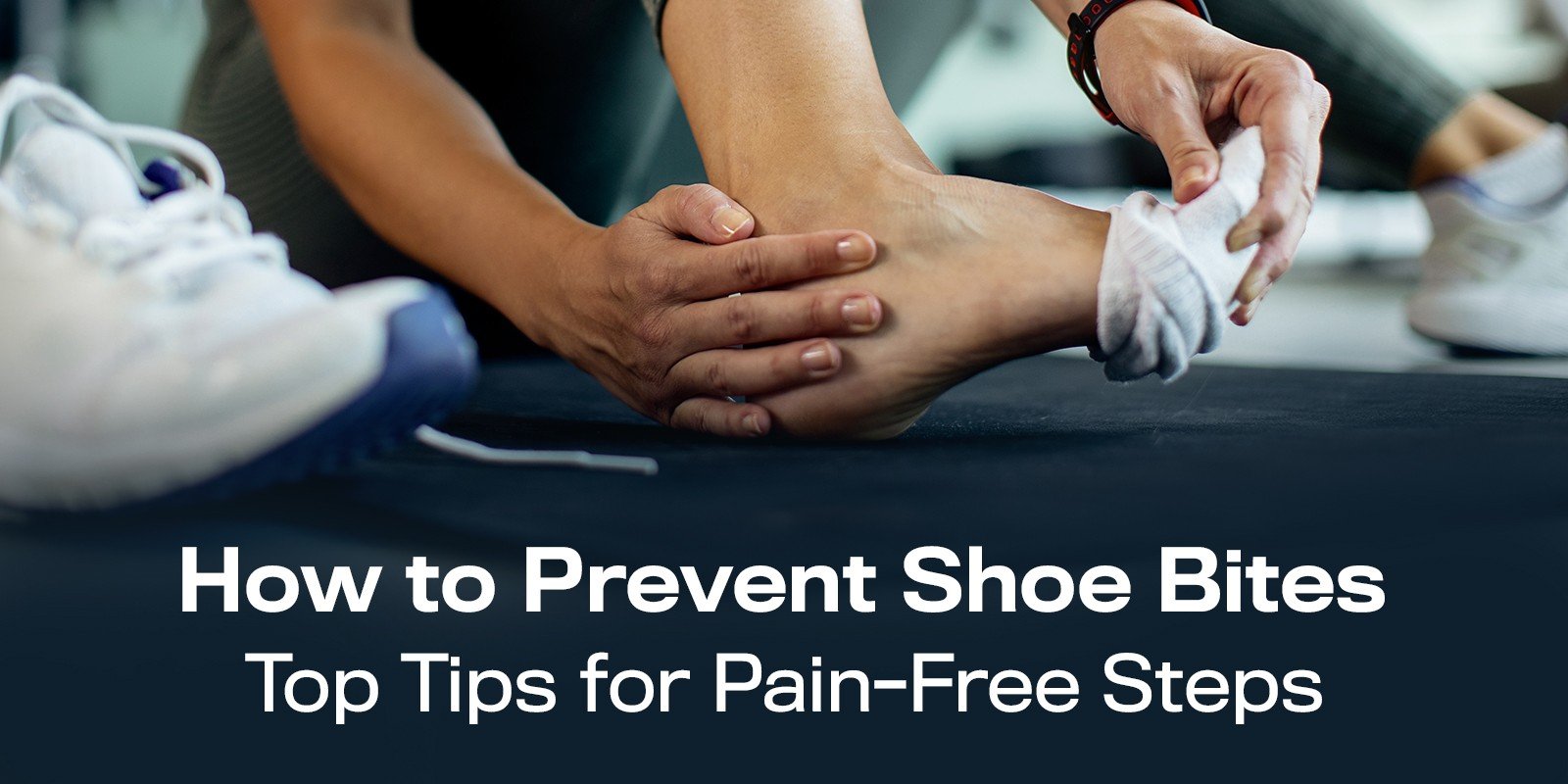
There’s nothing like the thrill of slipping into a brand-new pair of shoes — until that initial excitement is replaced by the sting of a shoe bite. Whether it’s a classic heel, a sleek loafer, or your favourite sneakers, shoe bites can turn even the most fashionable footwear into a painful ordeal. You’d be out there enjoying yourself and then when the excitement settles, that’s when the pain strikes you. It can turn the entire mood of an evening foul and spoil everything from concerts to kittie parties.
Fortunately, how to prevent shoe bite is all about preparation, smart choices, and a little care. They’re absolutely an avoidable issue as long as you know how. There are some nuances depending on the type footwear but none of it is too difficult to follow. That’s why we’ve created a guide to help you do exactly that. Here’s your elegant, step-by-step guide to keeping your feet blister-free while looking your best. Read on to find out how to prevent shoe bite like a pro.
What Is a Shoe Bite and Why Does It Happen?
A shoe bite occurs when the edge or surface of your shoe repeatedly rubs against your skin, causing friction that leads to irritation or blisters. It’s especially common with new shoes that haven’t yet conformed to the shape of your feet. However, even though they are common, there can be multiple reasons behind them. Let’s look into some of the options that could be causing you the discomfort of shoe bites:
- Poor fit: Shoes that are too tight or too loose create unnecessary friction. This causes the inner surface of the shoe to rub roughly against your skin, something that irritates the skin.
- Rigid materials: Stiff leather or synthetic uppers take longer to soften, increasing the risk. While leather works better, the stiffness can be a problem that comes with new shoes.
- Prolonged wear: Wearing a new pair all day without breaks gives no chance for your feet to adjust. This can happen very easily because we often buy new pairs for occasions like weddings and concerts which require all-day wear.
Understanding how to avoid shoe bite starts with recognising these triggers.
How to Break In New Shoes Without Getting a Shoe Bite
One of the easiest ways to prevent discomfort is to break in your shoes gradually. There are many ways to get that done. We will help you understand what some of them are. Here’s how to avoid new shoe bite during those early wears:
- Wear them indoors first: Walk around your home for short intervals to allow the material to mould to your foot shape. Think of it like giving your new footwear the chance to know you.
- Use thick socks: Wearing thicker socks for the first few uses cushions your skin from direct contact. This ensures that point 1 is done without causing even minor issues.
- Apply a shoe stretcher: This is especially helpful for slightly snug formal shoes or boots, as it softens tight spots. Get the right one for the shoes that you have.
- Flex the material: Gently bend and twist the shoe to loosen stiffness before your first outing. Think of it like giving your shoe a set of stretches before the heavy lifting begins.
These small steps in the break-in process are key when learning how to prevent shoes from biting.
Best Products and Tricks to Prevent Shoe Bites
Just like your shoes need some products to look good and stay in good health, they also need some products that can help you avoid shoe bites. If you’re prone to shoe bites, having a few preventative tools on hand can be a game changer. Here are some products that we would recommend and how to use them:
- Anti-blister balms or petroleum jelly: Apply a thin layer to areas where your shoes tend to rub. The lubrication will keep the friction low and reduce the effect.
- Silicone heel grips and gel pads: These create a barrier between your skin and the shoe, especially useful for pumps and loafers. Invest in good ones if these are the types of footwear you wear often.
- Moisturising your feet: Well-hydrated skin is less likely to chafe. This is true with or without shoes.
- Soft insoles: They reduce movement inside the shoe, minimising friction. These are also comfortable and keep your feet from paining as long as you pick the right one.
These work beautifully across all footwear types — from polished shoes for men to everyday women’s shoes, from sporty sneakers to structured boots.
Simple Home Remedies to Avoid and Treat Shoe Bites
Sometimes you don’t need fancy products to protect your feet. You have stuff in your own house that can help you avoid the pain of shoe bites. Here are a few tried-and-true home fixes for how to avoid shoe bite from new shoes:
- Coconut oil massage: Before wearing new shoes, massage a bit of coconut oil into your feet to soften the skin. This is also good for foot care in general.
- Freeze and stretch method: Fill a sealable bag with water, place it inside your shoe, and freeze overnight. As the water expands, it gently stretches the shoe. Make sure that the bag is perfectly sealed to avoid water damage.
- Fabric lining: Stick a small patch of moleskin or soft fabric to the inside of the shoe at friction points. This will help you reuse old fabric as well.
- Aloe vera gel: Soothes irritation and reduces inflammation if you’ve already developed a mild bite. Keep some handy at all times as it is also useful for other kind of skin irritations.
Immediate Relief: How to Treat a Shoe Bite Quickly
If you’ve already developed a shoe bite, the pain might seem irritating and something you want to get rid of immediately. Here’s how to get quick relief while maintaining your style:
- Clean the area: Use mild soap and water to prevent infection.
- Apply antiseptic cream: This protects against bacteria and speeds up healing.
- Cover with a blister plaster: It cushions the wound and prevents further friction.
- Switch shoes for the day: Opt for open-toed sandals or soft sneakers until the bite heals.
This ensures you can still step out confidently while your feet recover.
Final Thoughts: Keep Your Feet Comfortable and Blister-Free
Learning how to prevent shoe bite is about more than avoiding discomfort — it’s about preserving your relationship with the shoes you love. From understanding the causes to breaking them in slowly, from using preventive products to applying home remedies, you now have all the tools to keep every step effortless.
Invest in quality footwear made with softer, premium materials that naturally adapt to your feet over time. Rotate between styles to give your feet variety — wear boots on cooler days, sneakers for casual comfort, and women’s shoes or formal loafers for refined occasions.
At Metro, we believe great style should never come at the cost of comfort. With these tips, your shoes can be as kind to your feet as they are flattering to your look.




